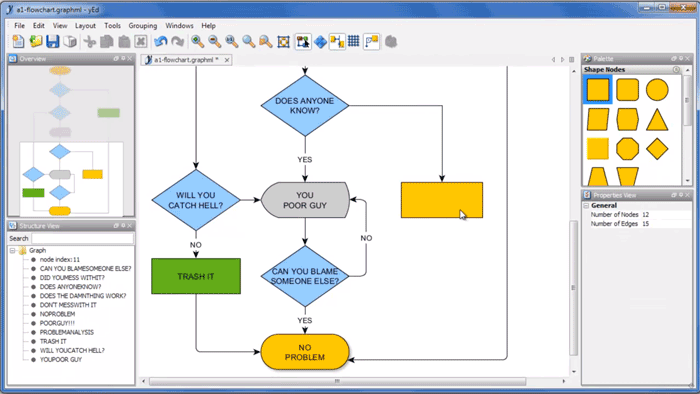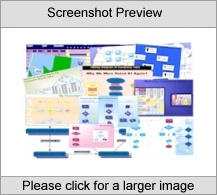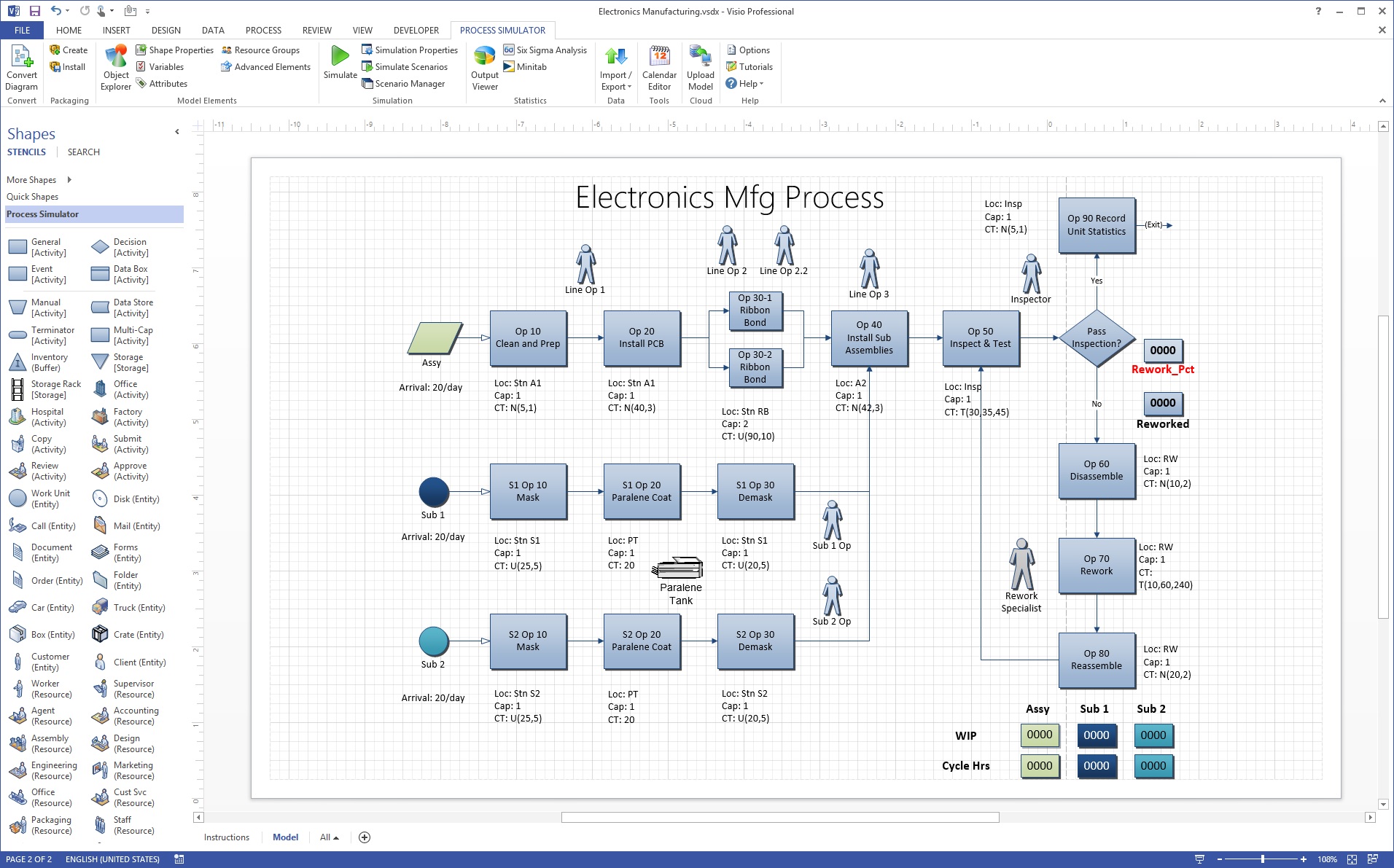


Visio Online is included in most Office 365 subscription plans. Uses triangular, pyramidal or conical shapes to show proportional, interconnected, and hierarchical relationships.The two news plans, described by a Microsoft spokesperson as "Visio Online Plan 1 and Visio Online Plan 2," were described in this Microsoft announcement on Wednesday. Contains circular, radial, target, circular segments, pie segments, loops and other cyclic diagram shapes. Represents a sequence of stages, tasks, or events in a circular flow.

Uses overlapping shapes to depict possible logical relationships between two or more sets to organize information, show associations, similarities, unions, intersections, differences, containments, and complements.

Contains arrows to show the direction and captions.Ĭontains business matrix diagrams that show relationships between concepts across two or more dimensions and includes: 2x2 and 3x3 matrixes, SWOT analysis, Ansoff matrix, BCG matrix, position maps, and Quadrant analysis diagrams. Represents business flow, information flow, material flow, vertical or horizontal lists. Based on CCITT specifications.Ĭontains 2-D and 3-D shapes and directional lines for feedback loops and annotated functional decomposition, data structure, hierarchical, signal flow, and data flow block diagrams.Ĭontains "process steps" shapes to illustrate sequence of steps involved in a process or a procedure. Represents a software system or model, such as the messages that pass between participants and objects in a system, or the interactions of users or components with a system.Ĭreate detailed physical, logical, and network architecture diagrams, using a comprehensive set of network and computer equipment shapes.Ĭontains object-oriented diagrams for communications and telecommunications systems and networks, using the Specification and Description Language (SDL). Represents features of systems that use the Microsoft Azure cloud platform and its related technologies. Shows the relationship between a business process and the organizational or functional units, such as departments, that are responsible for steps in that process. Check back from time to time, as diagrams are continuously added based on your feedback!Ĭontains basic geometric shapes, arrow shapes, decorative shapes, and graph shapes for making a general diagram.Ĭontains flowcharts, top-down diagrams, information tracking diagrams, process planning diagrams, and structure prediction diagrams. Each diagram has several real-world samples to help you quickly get started.


 0 kommentar(er)
0 kommentar(er)
